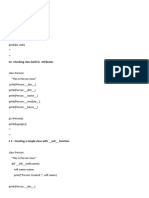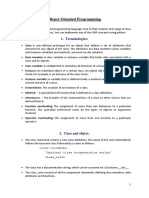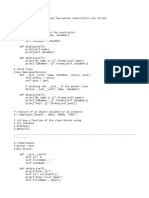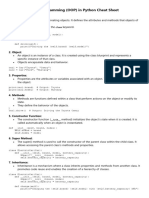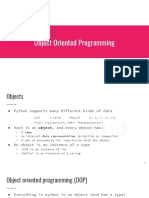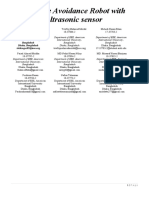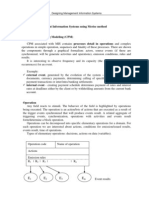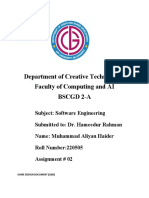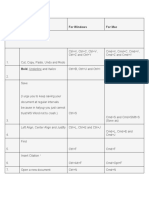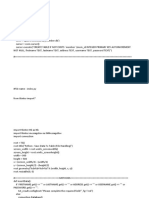0% found this document useful (0 votes)
7 views6 pagesPython Classes Objects en
This document provides a comprehensive guide to object-oriented programming in Python, covering key concepts such as classes, objects, attributes, methods, and inheritance. It includes practical examples, common mistakes to avoid, and a tiny cheat sheet for quick reference. The guide emphasizes the importance of understanding the differences between instance and class attributes, as well as the use of decorators like @classmethod and @staticmethod.
Uploaded by
adityaCopyright
© © All Rights Reserved
We take content rights seriously. If you suspect this is your content, claim it here.
Available Formats
Download as PDF, TXT or read online on Scribd
0% found this document useful (0 votes)
7 views6 pagesPython Classes Objects en
This document provides a comprehensive guide to object-oriented programming in Python, covering key concepts such as classes, objects, attributes, methods, and inheritance. It includes practical examples, common mistakes to avoid, and a tiny cheat sheet for quick reference. The guide emphasizes the importance of understanding the differences between instance and class attributes, as well as the use of decorators like @classmethod and @staticmethod.
Uploaded by
adityaCopyright
© © All Rights Reserved
We take content rights seriously. If you suspect this is your content, claim it here.
Available Formats
Download as PDF, TXT or read online on Scribd
/ 6









